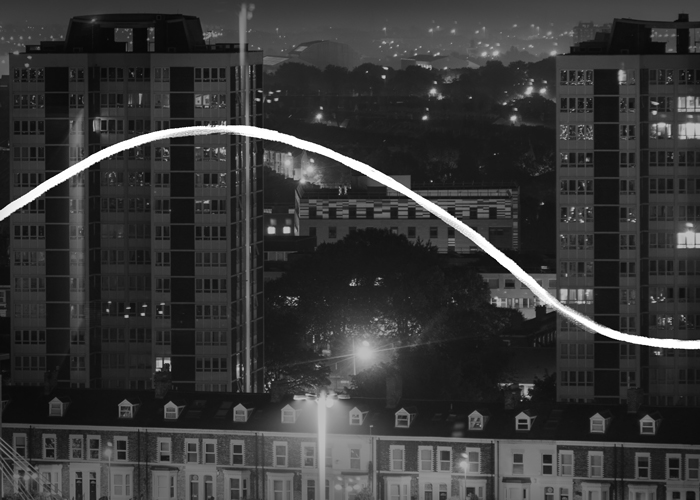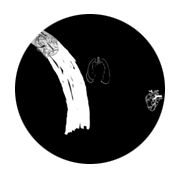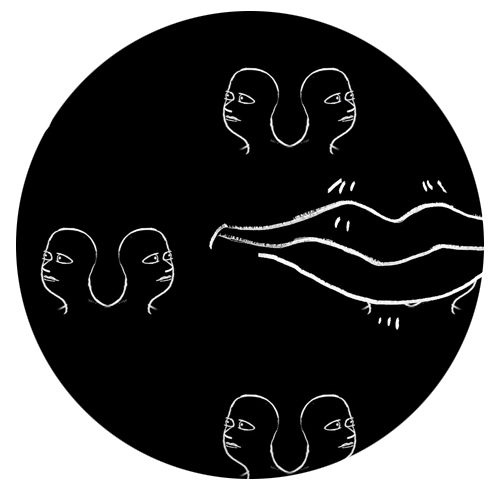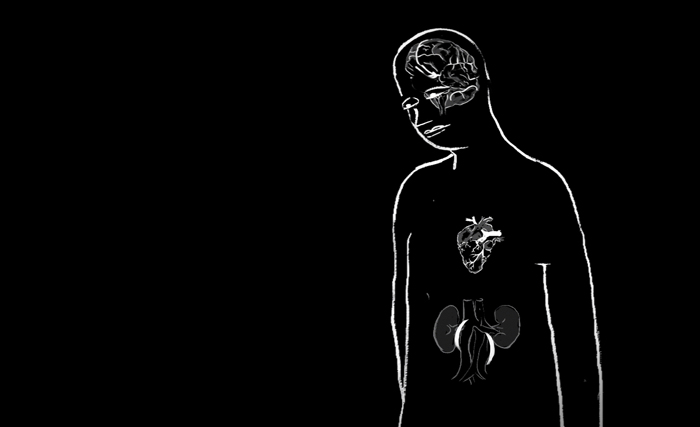ELLIE LAND
IN COLLABORATION WITH
PROFESSOR PETER OLIVER
HOW DID YOU SLEEP LAST NIGHT?
HOW WILL YOU SLEEP TONIGHT?
When we sleep we are vulnerable and unproductive, and so for a long time sleep was not thought to be important. New research is changing this opinion, as the value of sleep to our physical and mental health is being discovered. While our sleep is unique to us, the effects from a disturbed night’s sleep can be carried over into our waking day. Inspired by the conversations of mental health service users, this film documents how important our relationship with sleep can be.

HOW IT IS MADE
Sleepless is a 2D CG animation that combines hand drawn techniques such as lip sync animation with timelapse footage of urban and coastal landscapes.
The soundtrack includes the voices of a group of mental health service users and a score produced and performed by musician Jonny Race and scientist Peter Oliver.
BEHIND THE SIGNAL

Voices
Mental Health service users (MHSU) discuss their individual and personal experience with sleep and how it affects their lives. Researchers collect data from lots of individuals like these four, and then look for similarities and patterns that can help them to identify links between health and sleep in the wider population.

Gene regulation
To maintain our daily body cycles, every cell in the body needs to do specific jobs at the right time of day. Cells contain proteins that can switch on and off the genetic instructions, or genes, to make sure this timing is correct. Researchers can monitor the levels of these genes over 24 hours to help discover why sleep is so important to your health. Examples of these data can be seen in the film in graphs like this.

Staying awake
Although we spend one third of our lives asleep on average, why we sleep is still not completely understood. Research has shown sleep is important for making new connections in the brain. Without sleep it is thought some of these connections may be changed, perhaps influencing conditions such as depression and schizophrenia.

Actigraphs
Other data in the film include actigraphs which show activity over time. Humans wear wristbands to record daily movement, but for behavioural studies using mice, researchers record how much they exercise on a running-wheel. Typically these graphs show blocks of activity (white) followed by blocks of rest (dark). When a daily activity rhythm is disturbed this pattern is more erratic and can show that something is wrong.

The sleeping body
Sleep is not just important for the brain – it affects the whole body. For example, the body’s defence and repair mechanisms, such as the immune system, are very active during sleep. Insufficient sleep has also been linked to many health conditions like obesity and heart disease. Therefore getting a good night’s sleep is important for everyone.
GLOSSARY
SCN:
The Suprachismatic nucleus (SCN) is made up from a small group of cells in a part of the brain called the hypothalamus. It acts as the master internal clock by receiving information about light from the eyes and sending out signals throughout the body.
GENE EXPRESSION:
When you express yourself you are sending other people information – it could be from your body language or the volume of your voice. Genes can only express themselves in one way and that is by telling a cell to make proteins. The regulation of this gene expression therefore influences the structure and function of all living things.
MOUSE MODEL:
Mice are an excellent model for human brain studies. They have a very similar brain structure to us and their genes can be altered to mimic human neurological conditions. They are a particularly important tool for studying circadian rhythms and sleep.
THE SCIENTIST
SLEEPLESS IS A COLLABORATION BETWEEN
ELLIE LAND AND PROFESSOR PETER OLIVER
Find out more about the work of Professor Oliver and the science behind the animation here.

RESOURCES
These resources have been developed to illuminate and explore the science behind the signals.
These are free for anyone to use for teaching, science communication or just for the curious.
The resources include activity sheets, curriculum links and more information
about the science, technology and data explored in the animations.
THE SCIENCE BEHIND
THE COLLABORATIONS
Find out more about the science, technology and data explored in all of the Silent Signal collaborations.


